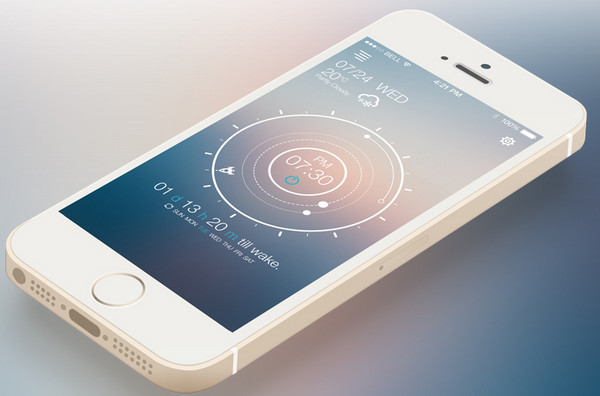Many companies are in the favour of designing the mobile friendly websites. They are supposed to be cost-effective. However, companies are reluctant for designing a mobile app as they are expensive. They need a justification for the amount of money they spent on the app.
What decides that the app is good? It is obvious that mobiles have smaller screens. For such screens and small attention span, the UI design should be as per the speed of thought. The interface should be user-friendly. This design type has certain rules.
The design should be goal-driven. If companies target the right consumers, right user persona can be caught up. The app workflow should be consistent with the user’s expectations. The workflow creates the perception for the usability of the app. This feature is significant to make customers download the app.
To identify the UI elements of any app quickly and correctly use of signifiers is a must. But what if signifiers don’t hint at right affordance! It’s nothing but alignment issue of signifier with affordance.
The user interface needs to be so comfortable that people should be aware of how to use an interface. This mainly depends on the design pattern. Should be little familiar to users!
Apart from screen size, the constraints are not much in mobile apps. Though by default users tend to become a constraint! Hence it is very important to be aware of your users. There are three primary tactics for the same – persona, user scenarios and experience maps.

Any fictitious character that aligns with the expected behaviour of the users develops the persona. This will influence user’s decision within the app. The action of the persona can be predicted by the user scenarios. It’s the persona that is charted by experience maps. These are important tools to comprehend emotions and circumstances surrounding those steps.
But one needs to make sure of testing the usability between each execution step. To grade the UX design the content along with the user flow needs to be mapped out. To achieve the same design and research work goes in parallel. Prototyping can be simply done on paper. This clearly defines the flow of information between content and action.
Concept outline will help achieve the flow of the app comfortably. This will highlight the most critical part of the app – the content. Once the content is known the flow and the number of pages will automatically be set. Sketching out each page of the flow would then be easy.
More familiarity with Mobile patterns results in a better user interface. The common patterns might help develop the baseline. Prime motive is to create interest without losing out the concept!
These interaction design patterns have two categories – gestures and animations. Gestures defines touch device. Touch, swipe, double-tap, pinch and zoom – every gesture matters! Animations keep them trapped with the UI. Sliding out of sight and vanishing define two different contexts. Both combined with each other lay out another depth.